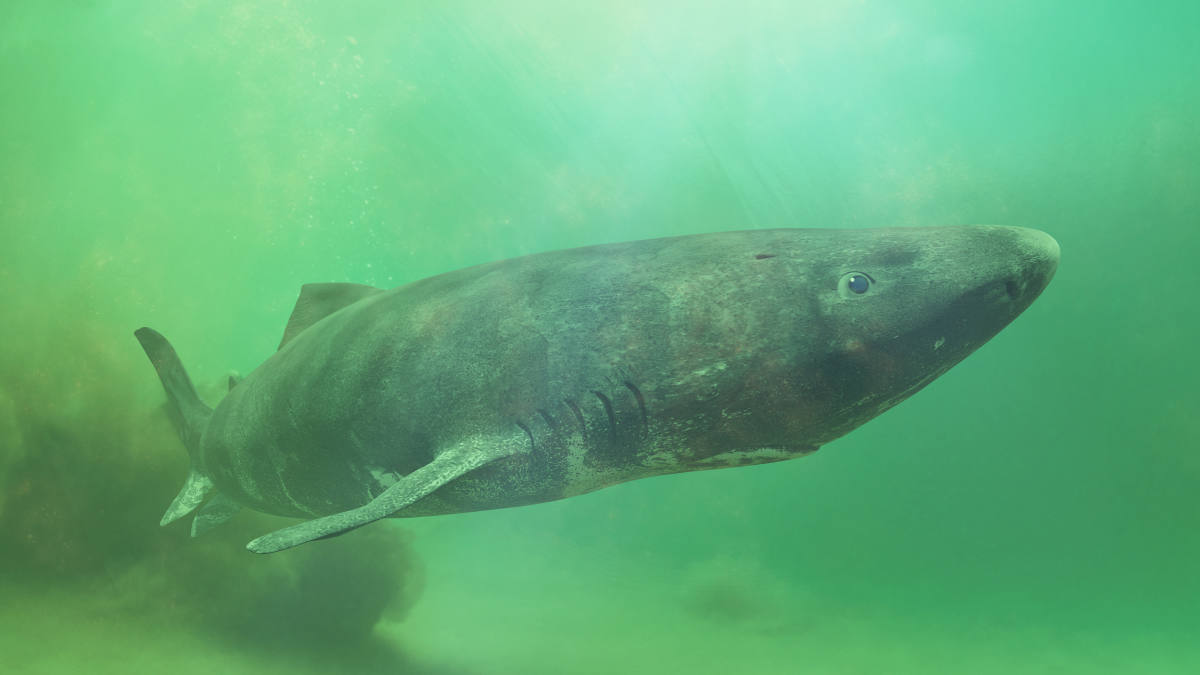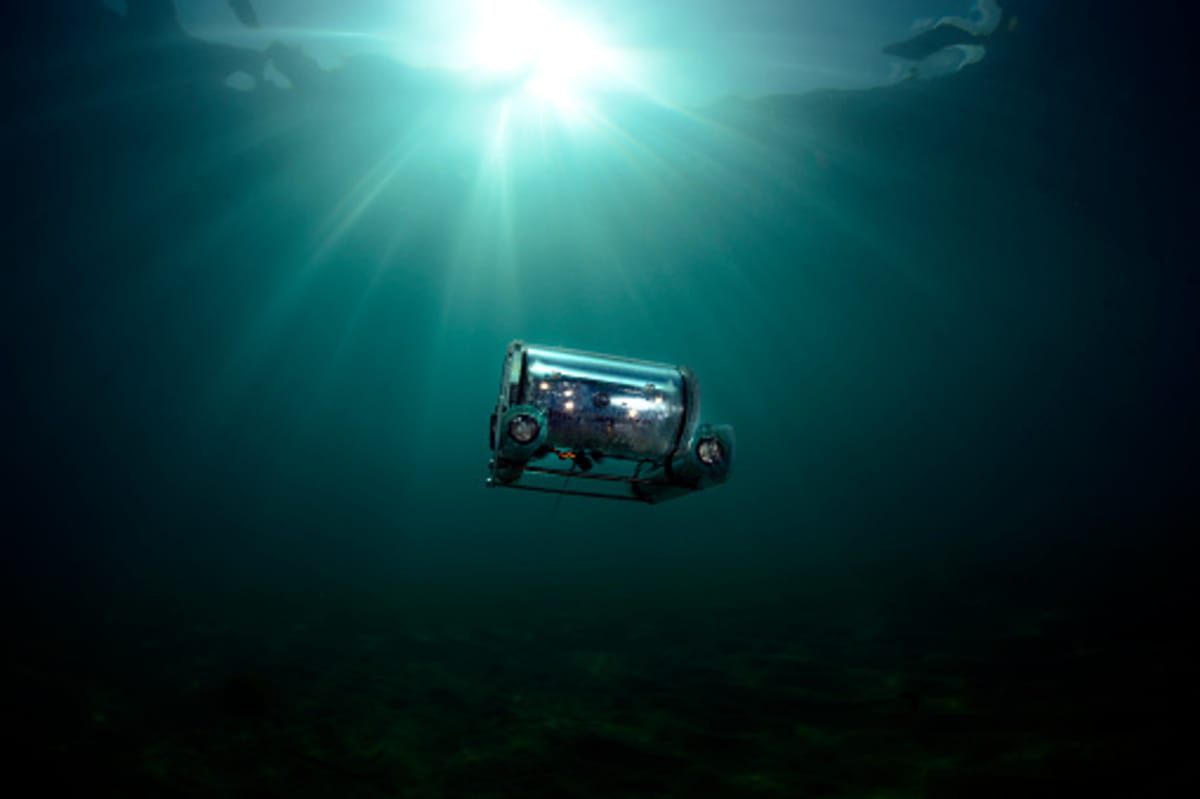Researchers Spot Unexpected ‘Smiling’ Visitors When They Dropped a Cow 1,629 Meters Into the Sea

No one knows what truly lies in the dark depths of the ocean, but scientists have made efforts to gather an idea of it. Life below sea is an enigmatic puzzle that science still hopes to solve. In a new experiment conducted by a team of researchers from China, a cow’s carcass was dropped to 1,629 meters below sea level in the South China Sea to understand the role of scavengers in such extremely remote environments. The resultant findings of the study ultimately left the scientists with more questions than answers, as per a study published in the journal Ocean-Land-Atmosphere Research in June 2025.

Scientists stunned by sleeper sharks

The primary goal of the experiment was to investigate the processes that take place following the introduction of a large biomass on the ocean floor. This is typically observed when a dead whale drops to the ocean bed and scavengers feed on the carcass. Researchers from Sun Yat-sen University and the Southern Marine Science and Engineering Guangdong Laboratory planned to observe the chain of processes through underwater cameras and equipment to record their findings in detail. When they dropped the cow carcass deep undersea on a continental slope near Hainan Island, the team did not expect eight Pacific sleeper sharks (Somniosus pacificus) to quietly show up and attack the prey, in sequence. @wildworld6264 shared a detailed video on sleeper sharks on YouTube.
However, it was not a battle where the strongest sleeper shark would take home the prize. Instead, the bunch of sharks surprisingly displayed a relatively civil behavior in comparison to the predator group they belong to. The sleeper sharks showcased a type of sequencing behavior, which can be correlated to taking turns, to feed on the cow carcass. They even gave up their feeding position for others in the row. “This behavior suggests that feeding priority is determined by individual competitive intensity, even in deep-water environments, reflecting a survival strategy suitable for non-solitary foraging among Pacific sleeper sharks,” Han Tian, an author of the study, told EurekAlert.
The unexpected findings of the study

The sleeper sharks observed were of varying sizes, with a few larger ones about 9 feet in length. These also showed greater aggression when attacking the carcass. What surprised the researchers most was that the deep-dwelling sharks showed up in the southwest region of the Pacific, raising doubts over their distribution in the oceans. “Although Pacific sleeper sharks have also been found in the deep waters of their typical distribution range in the North Pacific, their frequent occurrence in the southwestern region of the South China Sea suggests that our understanding of this population remains significantly limited,” Tian explained.
Typically, they are observed from Japan to Alaska and even Baja California and the Tonga Trench in the south, owing to their preference for colder waters. The researchers speculate whether climate change and other factors have contributed to the expansion of sleeper sharks to this part of the ocean. On YouTube, @IFLScienceOfficial shared an interesting footage of the sleeper sharks attacking the cow carcass, and amassed 583,000 views. Some viewers noticed the shark’s shining teeth against the dark, while others joked about the perceived smile on their faces. @JLo-ev5bc said, “The smile on their face says it all,” and @nahaniyes observed, “The third shark looks so cute with what looks like a smile on their face.”
You can follow @IFLScienceOffical for more videos.
More on GreenMatters
Researchers Drop a Camera Into the World’s Second-Deepest Marine Trench. A Rare Encounter Occurs
People Are Terrified After Deep Sea Camera Captures a Prehistoric Creature With ‘Human-Like Eyes'
Man Accidentally Drops Camera Deep Into the Ocean. It Captured Jaw-Dropping Footage of a Whale